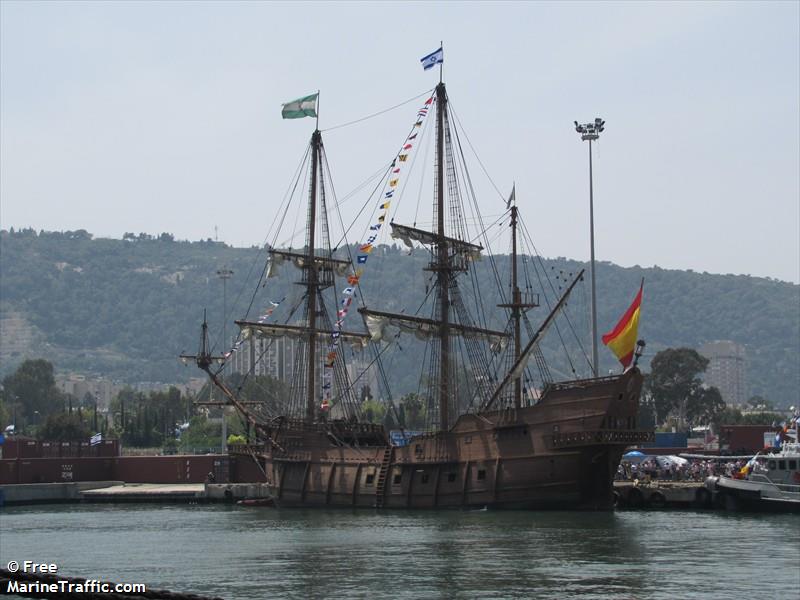 |
| Tidal height predictions for Rock Hall for May 26. |
The first test came with the weather forecast for Saturday: near gale-force winds.
“What do you think?” Phil asked.
“I can’t tell you what to do,” I replied, “but I’ll tell you what I’m going to do … which is to delay my trip until Sunday. This is supposed to be fun, and beating into a gale for 4 hours is not my idea of fun.”
I was encouraged when he agreed. We called the marina to change our reservations; they were really quite understanding about it all. Even though it was a holiday weekend and they had a cancellation policy that entitled them to charge us the first night’s dockage, the manager told me she’d waive the fees. “I’m not going to penalize you for weather beyond anyone’s control,” she told me. Ah, small-town friendliness!
So we got together in Annapolis Saturday afternoon to go over some of the trip details. Phil is an engineer by training, like Dan and me, so the planning was careful. “Here’s my dilemma,” he explained. “I have a small boat and not a lot of extra power, so I’m trying to decide when to leave. If I go early in the day, the wind is light, but the current against me is the strongest. If I wait until later, the current is milder, but the wind will be stronger. It sounds like a trade-off, can’t win.”
I was remembering some challenging times in big currents in Georgia, and was pleased that our future travel companion was taking trip-planning seriously. “Actually,” I countered, “current isn’t such a big deal here in the Chesapeake. The worst foul current on the trip will be near the Bay Bridge, and that is only about ¾ of a knot; not very much or for very long, and certainly not something that will control our trip planning. But I’d like to consider the height of tide when we get into Rock Hall Harbor; the entry is known to be shallow, and low tide tomorrow is at about 3:30 PM, right about the time we’d come in if we leave mid-morning. Ideally, we’d come in on half-tide rising, but that’s not going to happen; by the time it’s half-tide rising it’ll be getting dark and the marina staff goes home at 5.”
Back and forth we went, plotting the wind against the tide and the time of day against our convenience to make the trip ideal. Every scenario had its drawbacks. Pour another glass of wine and think some more.
I pride myself on my navigation, but I just couldn’t make this simple 4-hour trip come out without leaving at 5 AM, or getting in after 8 PM, neither was an acceptable option. Or fighting foul currents, or risking coming into a shallow, unfamiliar harbor when the tide was at its lowest. I was staring at the tide chart again when it struck me: I had been so focused on not arriving at the bottom of the tide curve that I forgot to look at the total size of that curve. Phil is from Maine where the tides can be 11 feet; and I was thinking of the 8-9 foot tides in Georgia, so that’s what was the back of both of our minds as we framed the problem. Crossing a shallow spot with 8 feet of high tide adding to the water depth would be stunningly easy; crossing that same spot at dead low tide could be tricky. But we weren’t in Maine or Georgia, we were in the Chesapeake.
“Phil!” I called excitedly. “I had a revelation! Do you know what the difference between high and low tide is on Sunday afternoon? Ten inches! Ten inches! We’re both so used to places with big tides that we never thought to check. We’ve been driving ourselves crazy for less than a foot of water difference between high tide and low! We can travel in comfort and come in whenever we want!”
Moral of the story: Big problems can seem insoluble until you put them in context.
(PS: We had an absolutely spectacular sail and came into the harbor carefully, at low tide, lightly touched bottom once but that was due to inattention, not channel depth.)
Originally published in the Annapolis Capital-Gazette, May 28, 2013
Life Afloat on Facebook: https://www.facebook.com/pages/Life-Afloat/211190278933810



No comments:
Post a Comment